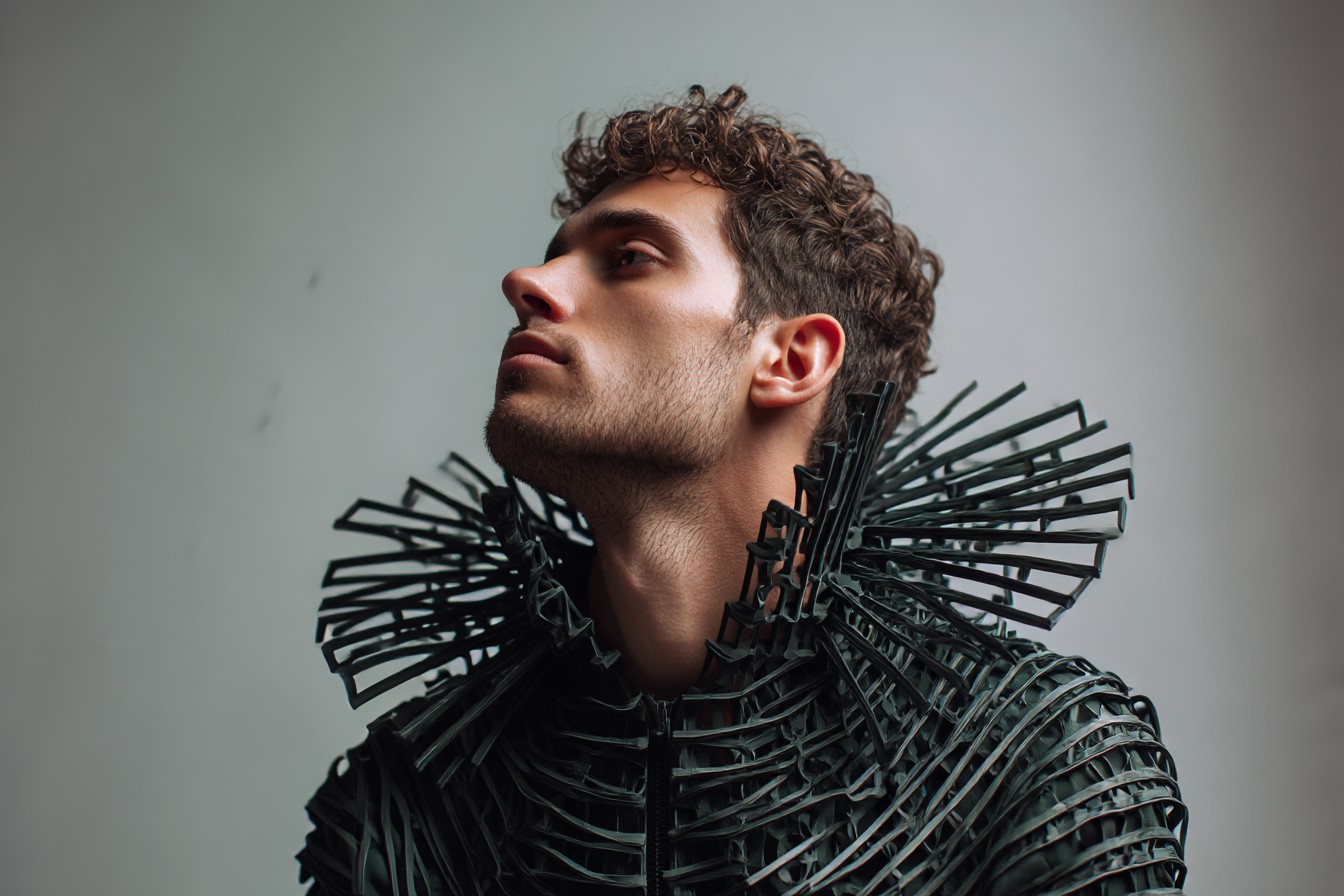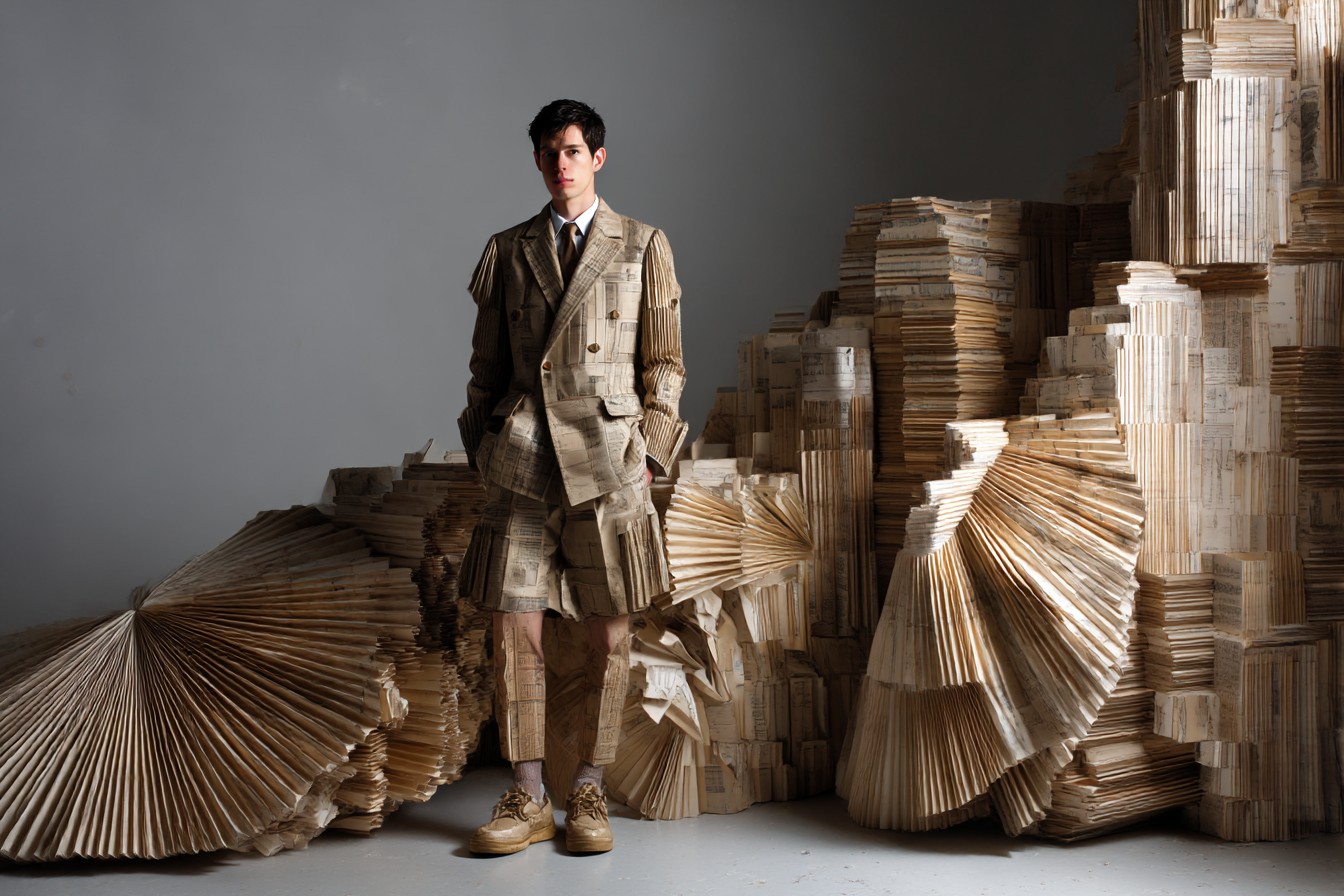I was sitting at a coffee shop in Williamsburg last weekend, watching the Saturday morning parade of guys in performance joggers, technical hoodies, and limited-edition sneakers, when it hit me: we’ve reached peak athleisure. You couldn’t tell who was coming from an actual workout versus who was just dressed for brunch versus who was headed to a casual creative meeting. The lines had completely blurred. When your accountant, your trainer, and your tattoo artist are essentially wearing the same outfit, something has reached its saturation point.
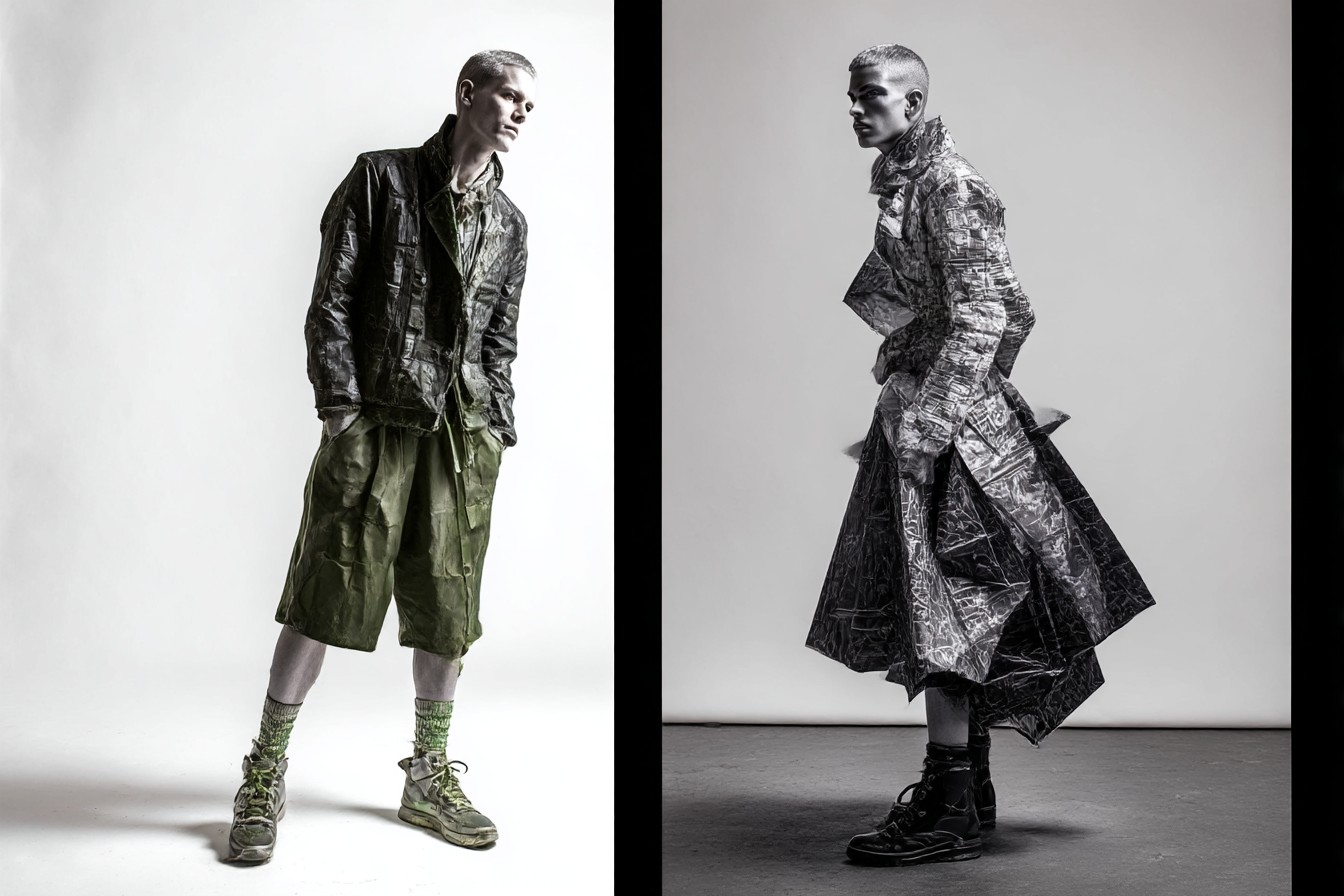
Don’t get me wrong—I’m as guilty as anyone. As I write this, I’m wearing Lululemon pants that could theoretically handle a yoga class but will instead endure nothing more strenuous than my walk to get another coffee. The athleisure wave has been good to us. It made menswear more comfortable, more functional, and gave guys permission to care about fit and fabric without feeling self-conscious. It democratized style in ways that were genuinely refreshing.
But after nearly a decade of dominance, the stretch-fabric revolution is showing signs of, well, losing its elasticity. The pendulum is always swinging in fashion, and I’ve been tracking the subtle shifts that suggest we’re moving into athleisure’s after-party. So what’s next? Based on what I’m seeing from designers, street style, and early-adopter friends, here’s where menswear is headed post-athleisure.
First off, we’re not going backward. The comfort genie is out of the bottle, and there’s no stuffing him back in. Men who’ve discovered the joy of four-way stretch aren’t about to return to stiff wool suits and structured cotton shirts for everyday wear. Instead, what’s emerging is a more sophisticated integration of performance elements into traditional menswear categories—call it “stealth comfort” or “tailored performance.”
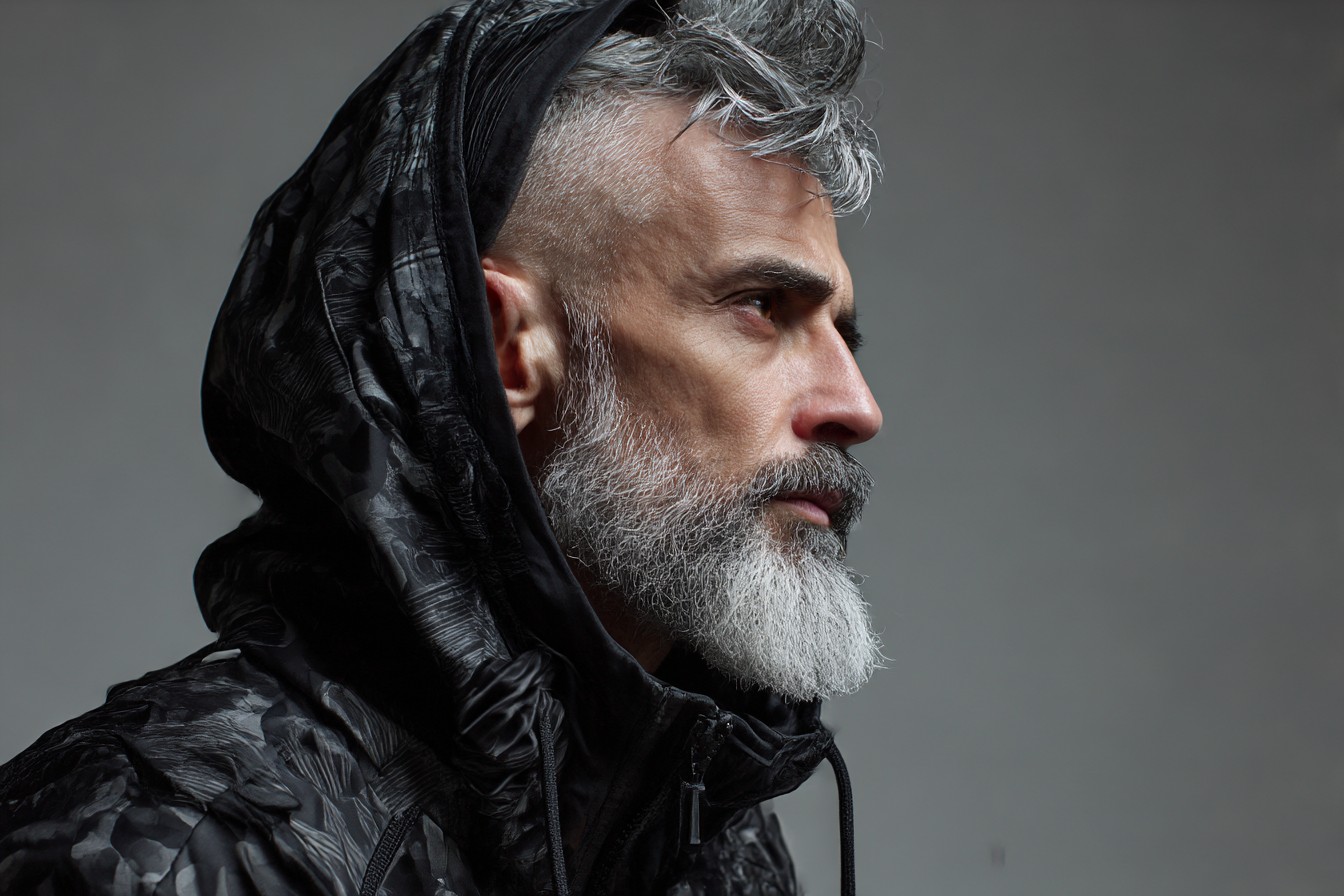
I noticed this first at Pitti Uomo two seasons ago, where Italian brands (who’ve always been ahead of the curve on these things) were showing suits and sport coats in technical fabrics that looked like traditional wool but stretched, breathed, and repelled stains like athletic wear. The cuts were relaxed but intentional—nothing sloppy. One mill rep handed me a gorgeous herringbone jacket and said, “Try to wrinkle it.” I crushed it in my hands for a full minute, and when I released it, the fabric simply returned to its original state. “This is not your grandfather’s tweed,” he said with a wink.
The key difference between this evolution and straight-up athleisure is visual formality paired with functional performance. The new pieces don’t announce their technical properties—they whisper them. It’s the opposite of those early Lululemon days when guys wanted everyone to know they were wearing expensive performance gear to the grocery store.
My buddy Marcus, who buys for a major luxury department store, put it this way over drinks last month: “We’re moving from ‘dress like you might work out later’ to ‘dress like you have your life together but remain comfortable doing it.'” His store’s bestselling pants this season are five-pocket styles that look like traditional twill but have hidden stretch and moisture-wicking properties.
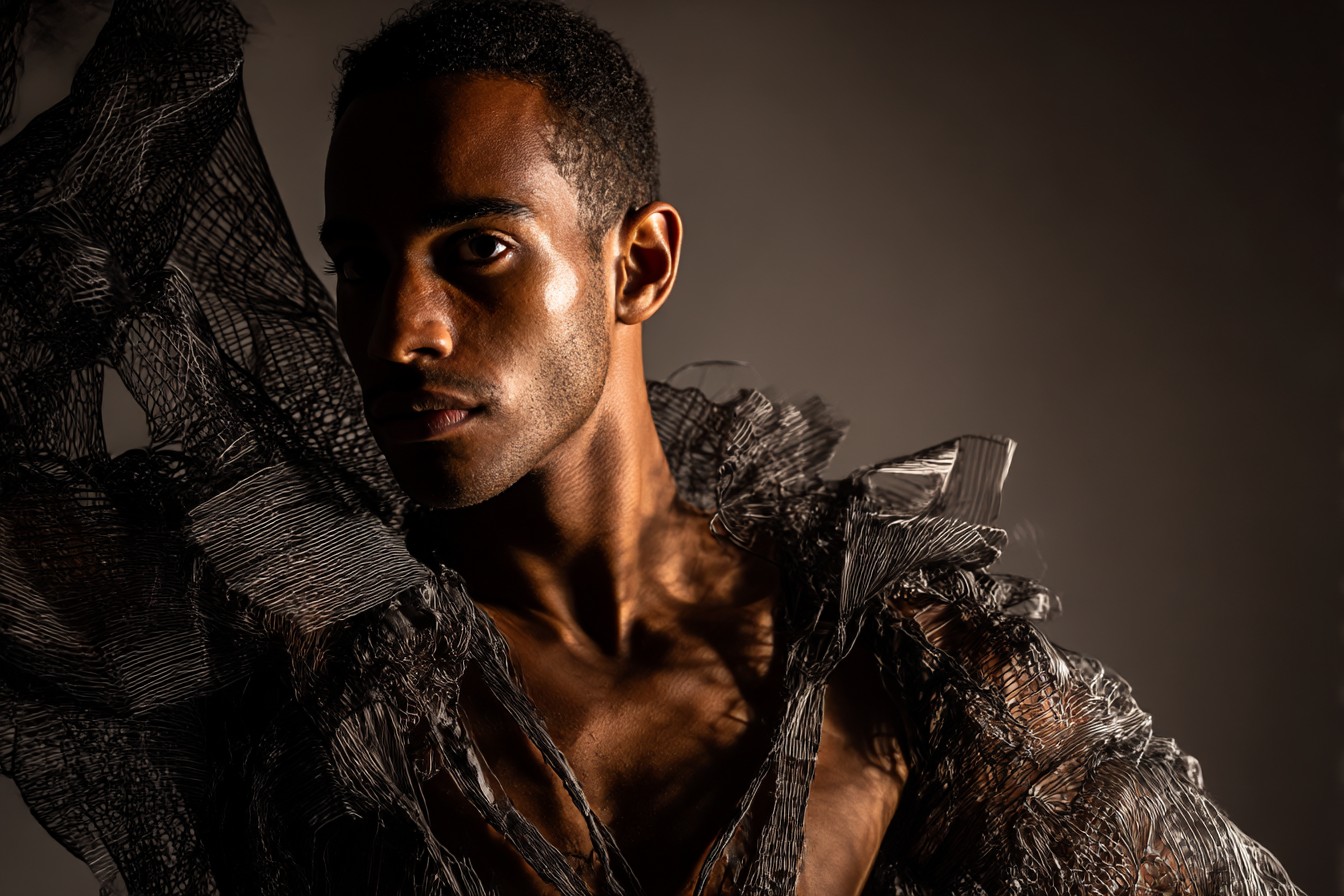
Another major shift I’m seeing is the return of natural materials, but with technical enhancements. Merino wool is leading this charge—it’s natural, biodegradable, odor-resistant, and temperature-regulating. Brands are now treating these natural fabrics to improve performance without compromising their inherent properties.
Last fall, I visited a small factory in North Carolina that’s pioneering techniques to make cotton fabrics perform better without synthetic additions. Their canvas work jackets repel water but age and patina like traditional canvas. “People want materials with soul that also perform,” the founder told me while showing me fabric swatches. “They’re tired of looking like they’re dressed for a space mission when they’re just going to the office.”
This gets at another important post-athleisure shift: the renewed appreciation for patina and character in clothing. Athletic wear is designed to look the same wear after wear. Traditional materials change, fade, crease, and develop a personal relationship with the wearer. After years of technical fabrics that remain stubbornly unchanged, guys are rediscovering the pleasure of breaking in raw denim, watching leather develop a rich patina, or wearing in a cotton chore coat until it becomes uniquely theirs.
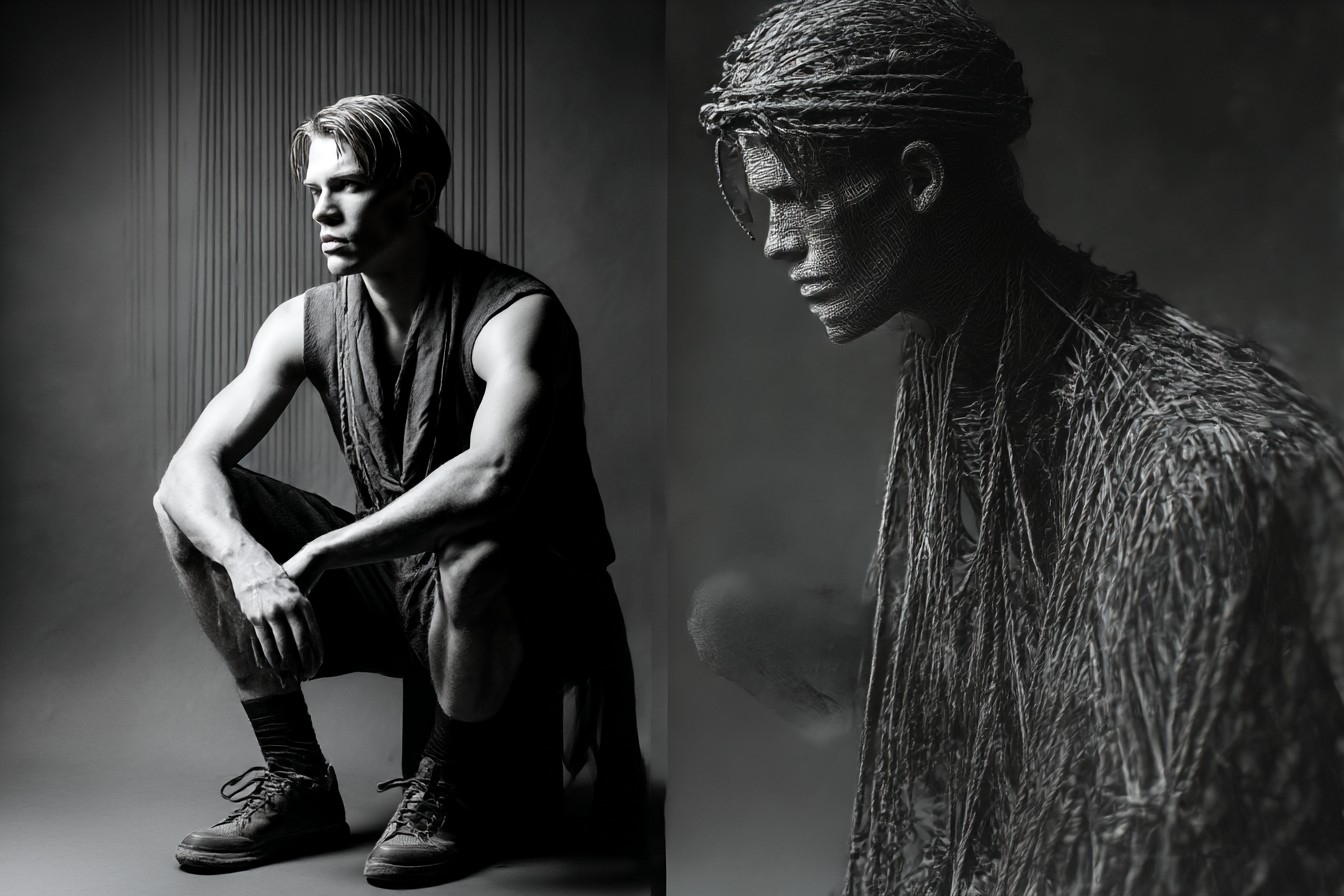
I’ve noticed this even in my most fashion-forward friends. Trevor, who was an early adopter of every technical fabric innovation (seriously, the guy was wearing Outlier pants when they were practically a secret handshake), showed up to dinner recently in selvedge denim and a chambray work shirt. When I raised an eyebrow, he shrugged. “Got tired of looking like I was about to run a 5K every day. Wanted some texture in my life.”
This texture revolution is showing up in color and pattern too. After years of athleisure’s solid blacks, grays, and navy blues (with the occasional neon accent), men’s fashion is embracing pattern again. Not the aggressive plaids of 2010s #menswear, but more subtle textures—herringbones, small checks, faded stripes. It’s almost as if we collectively realized that looking like we’re in a minimalist performance uniform all the time gets… boring.
There’s also a reaction forming against athleisure’s inherent newness. Technical fabrics look best fresh off the rack—that’s kind of their whole thing. But there’s a growing appreciation for well-worn, vintage-inspired pieces that feel like they have history. I’ve watched three different heritage workwear brands go from nearly bankrupt to waitlist-only status in the past eighteen months. Guys are rediscovering chore coats, proper denim, and flannel shirts—but cut more generously than the skinny versions that dominated the 2010s.
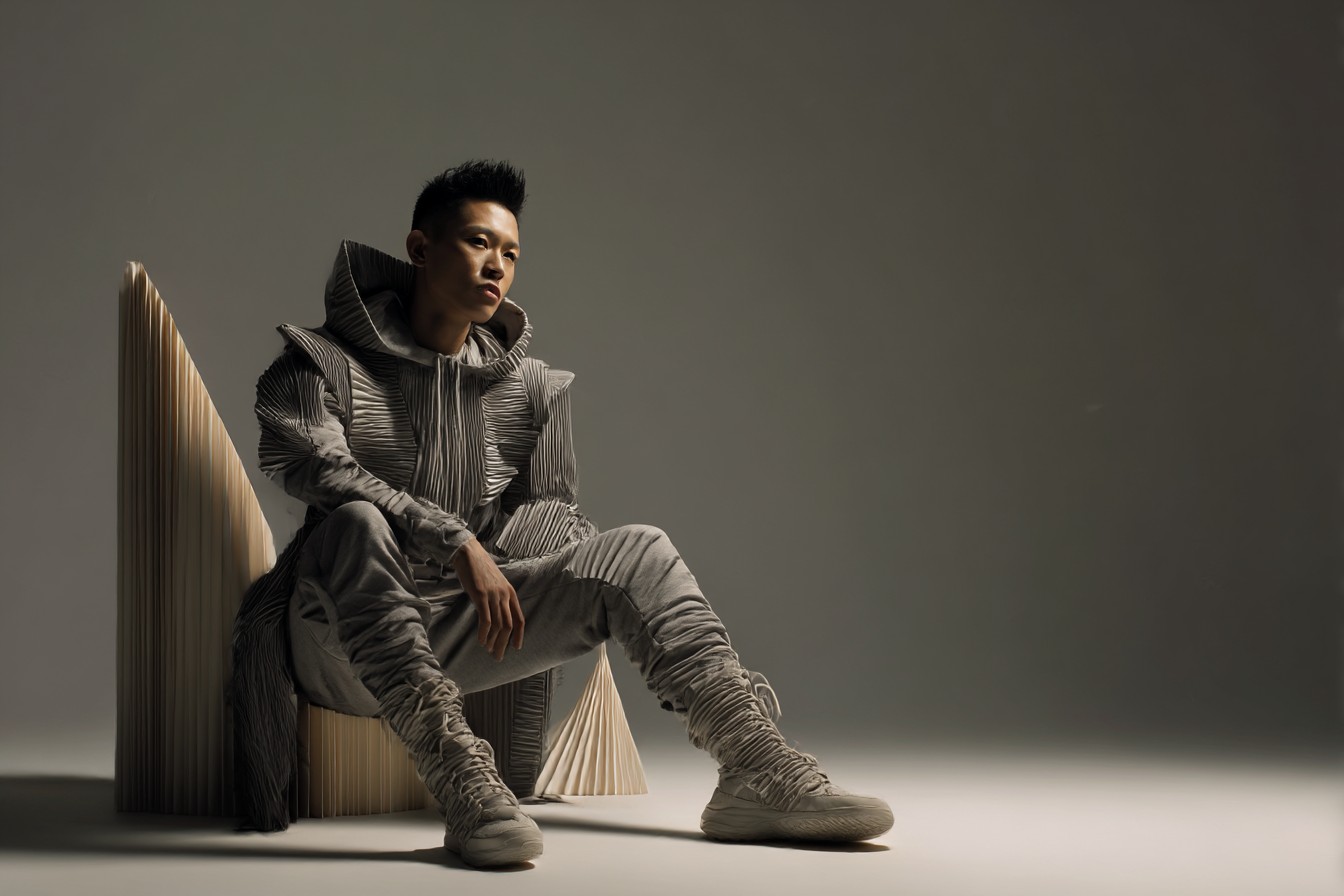
A friend who runs a vintage clothing store in Los Angeles told me his business has doubled since 2021, with guys in their twenties becoming his biggest customer demographic. “They’re tired of disposable fashion,” he explained. “They want a jacket that looks like it has stories to tell.”
This vintage influence is even showing up in sneakers, athleisure’s gateway drug. After years of futuristic silhouettes with knit uppers and chunky soles, the bestselling styles are increasingly retro models that could have existed decades ago. The most hyped sneaker drops of the past year have been reissues of classics or new designs that reference heritage styles.
Silhouettes overall are shifting too. Athleisure trended streamlined and body-conscious even when it was relaxed. What’s emerging now is a more generous, draped approach to casual clothing. Not sloppy oversized, but intentionally relaxed. Pleated pants are back (I never thought I’d type those words again). Shirts have a bit more fabric to them. Even tailoring is adopting softer shoulders and a more natural shape.
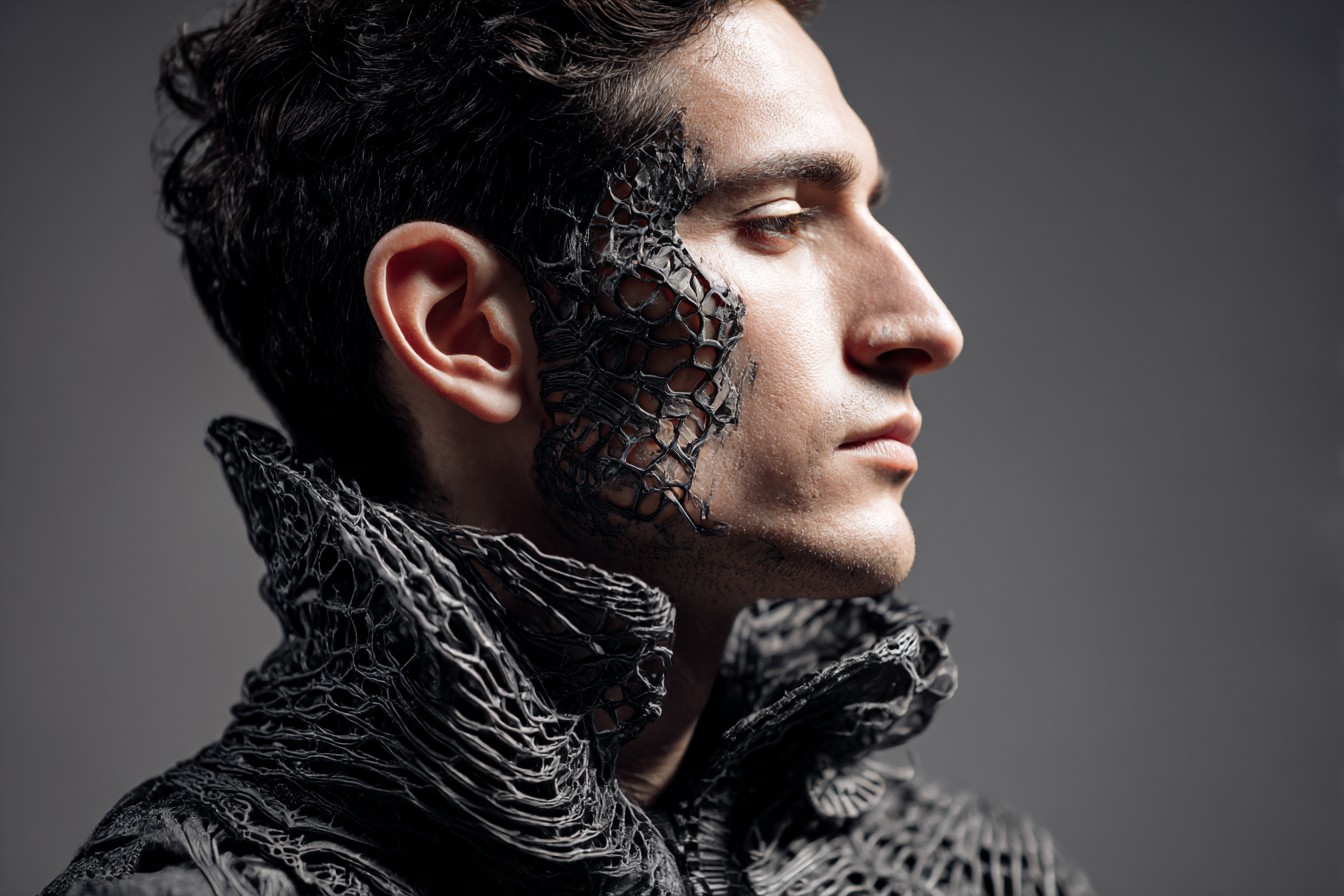
I saw this evolution dramatically illustrated at a presentation for a Japanese-American brand known for technical fabrics. Their new collection featured wide-leg hemp-cotton blend pants paired with boxy overshirts in natural dyes. “We’re still using performance fabrics,” the designer explained, “but cutting them more generously. Men want freedom of movement without looking like they’re dressed for the gym.”
If I had to name the aesthetic that’s replacing pure athleisure, I’d call it “considered casual”—clothing that’s comfortable and functional but more visually interesting and personally expressive than performance wear. It still incorporates technical elements, but they’re not the whole point.
This shift isn’t happening uniformly across regions or age groups, of course. I was in Silicon Valley last month for a tech conference, and performance wear still reigned supreme—though even there, I noticed more texture and natural fabrics creeping in. Meanwhile, on a recent trip to Nashville, the post-athleisure world was already in full swing, with guys mixing vintage workwear with subtly technical pieces in a way that felt fresh but not contrived.

Age plays a factor too. My younger brother, who’s 26 and works in advertising, has never embraced full athleisure the way my generation did. He and his friends skipped straight from college sweatpants to what he calls “actual clothes that don’t suck to wear”—meaning pieces with some technical properties but traditional appearances. When I asked him about it, he shrugged. “Dressing like you’re always about to work out feels like a millennial thing. We want to look like adults but still be comfortable.”
Ouch. Nothing like getting fashion-critiqued by your younger brother to make you rethink your closet.
What does this mean for the average guy’s wardrobe? You don’t need to donate all your performance wear—it’s not disappearing entirely, just evolving and being integrated differently. The technical chinos that look like regular chinos will stick around. The basketball shorts as casual wear probably won’t (thank god). And you’ll likely find yourself drawn to more textured, natural fabrics as fresh options hit the market.
Brands are catching on quickly. Even the major athleisure players are pivoting. Lululemon’s recent menswear offerings include oxford cloth shirts with subtle stretch. Rhone is doing five-pocket pants that could pass for traditional twill but perform like technical wear. Meanwhile, traditional menswear brands are incorporating performance elements more skillfully—less “look at our stretch pants” and more “these wool trousers happen to be water-resistant and won’t bag at the knees.”
The most interesting action is happening in the middle space between technical brands adding style and heritage brands adding performance. That’s where the post-athleisure sweet spot exists—clothing with substance and character that still functions for modern life.
I experienced this evolution myself last month when I cleaned out my closet and realized I owned seven nearly identical pairs of black performance pants. Seven! Each time I’d bought a new pair, I’d convinced myself it was somehow different from the others. As I bagged most of them for donation, I felt ready for something new—still comfortable, still functional, but more interesting. More me.
Because that’s ultimately what’s driving this shift: the desire for more personal expression after years in what amounts to comfortable uniforms. We embraced athleisure partly because it was easy—a simplified way to dress well without really trying. But easy eventually becomes boring. And men, contrary to some stereotypes, don’t actually want to be boring dressers. We want comfort, yes, but we also want character. Style. Something that says who we are.
The post-athleisure world promises both. And after a decade in performance fabrics, I’m ready for clothes that perform and speak. Even if it means occasionally ironing something again.
